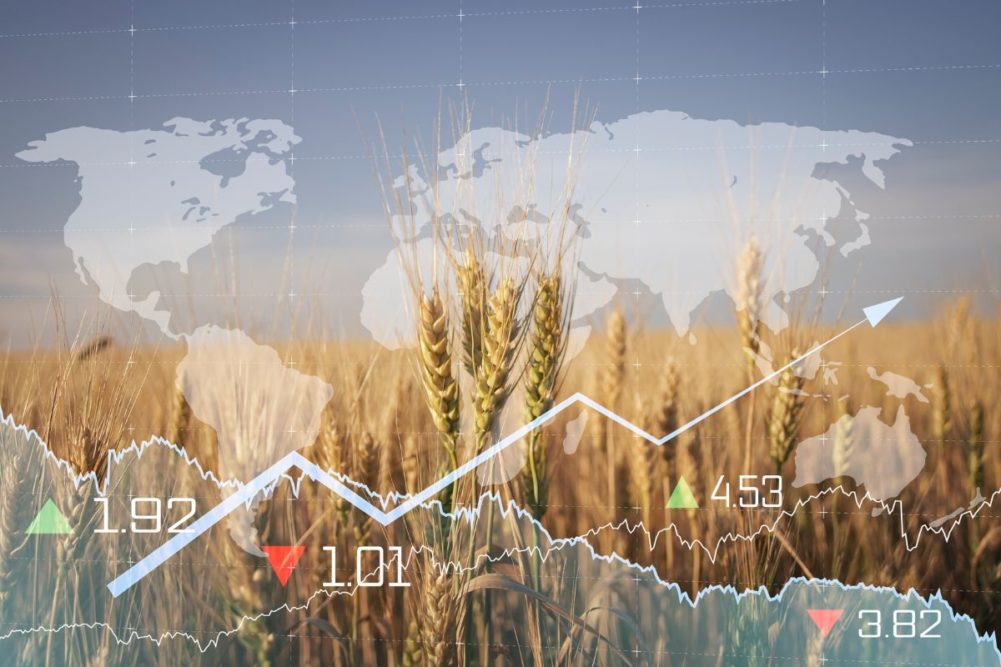ROME, ITALY — Higher prices across a range of commodities pushed the Food and Agriculture Organization’s (FAO) Food Price Index to an 18-month high in October.
The FAO Food Price Index, which tracks monthly changes in the international prices of a set of globally-traded food commodities, averaged 127.4 points in October, up 2% from September and the highest since April 2023. The index was 5.5% higher than its corresponding value a year earlier but 20.5% below its peak of 160.2 points in March 2022.
The Vegetable Oil Price Index averaged 152.7 points in October, up 10.4 points (7.3%) from September and marking a two-year high. The rise was driven by higher quotations across palm, soy, sunflower and rapeseed oils, the FAO said.
Palm oil prices increased for the fifth consecutive month due to concerns over lower-than-expected outputs and seasonal production declines in key producing countries in Southeast Asia.
Global sunflower and rapeseed oil prices also continue to rise. World soy oil prices rose on firm global demand amid limited supplies of alternative vegetable oils.
The Cereal Price Index averaged 114.4 points in October, up 0.9 points (0.8%) from September but still 10.3 points (8.3%) below its October 2023 value.
Global wheat prices increased for the second consecutive month, mostly attributable to weather conditions impacting winter crop sowing in several major Northern Hemisphere exporters, the FAO said.
Additionally, the re-introduction of an unofficial price floor in Russia and rising tensions in the Black Sea region exerted upward pressure on prices.
World corn (maize) prices continued their upward trend in October, driven partly by strong domestic demand in Brazil and transport challenges in some parts of the country due to low river levels.
The All Rice Price Index declined by 5.6% in October, reflecting lower quotations for Indica rice driven by expectations of increased competition among exporters following India’s removal of export restrictions on non-broken rice.






